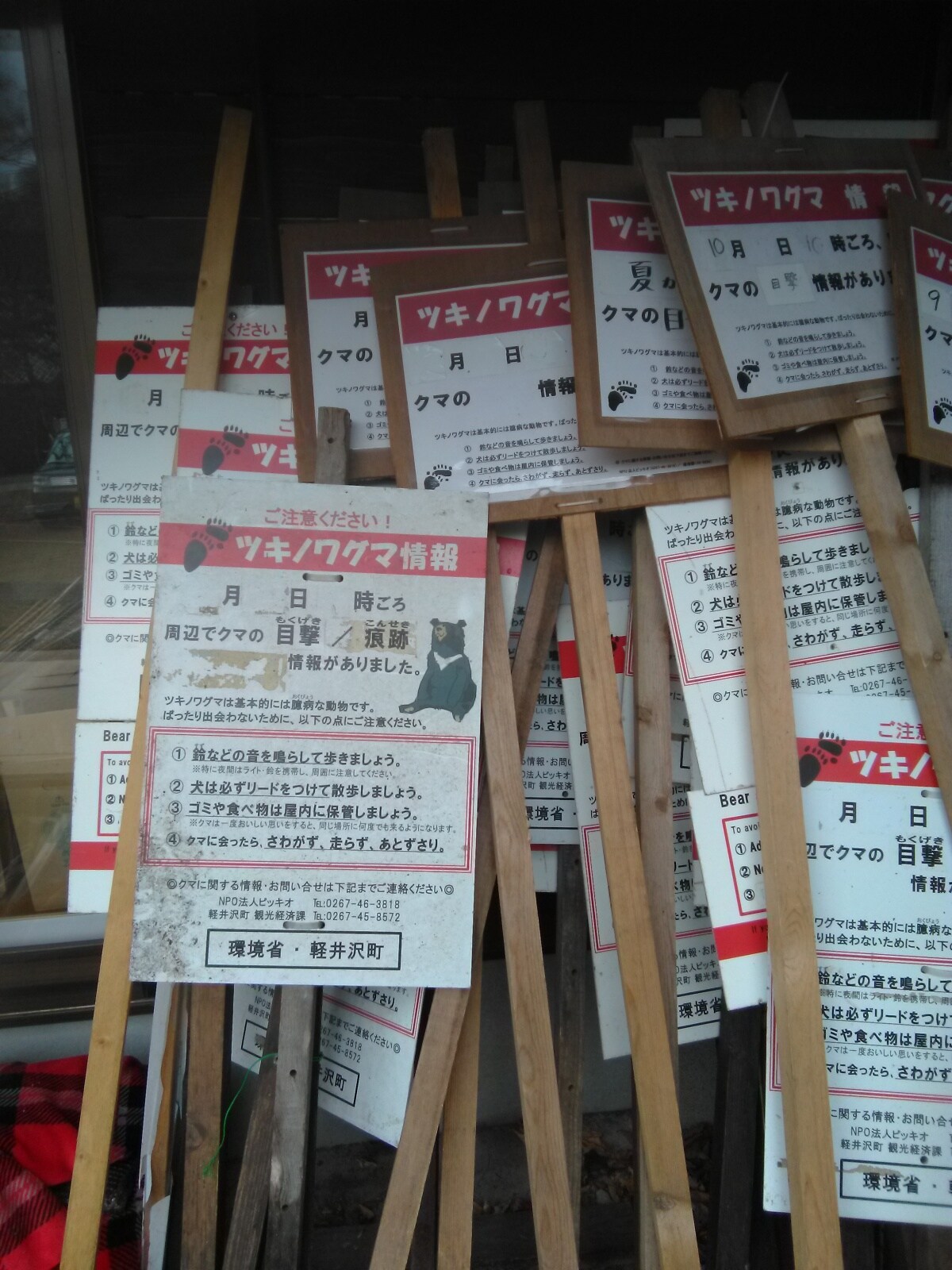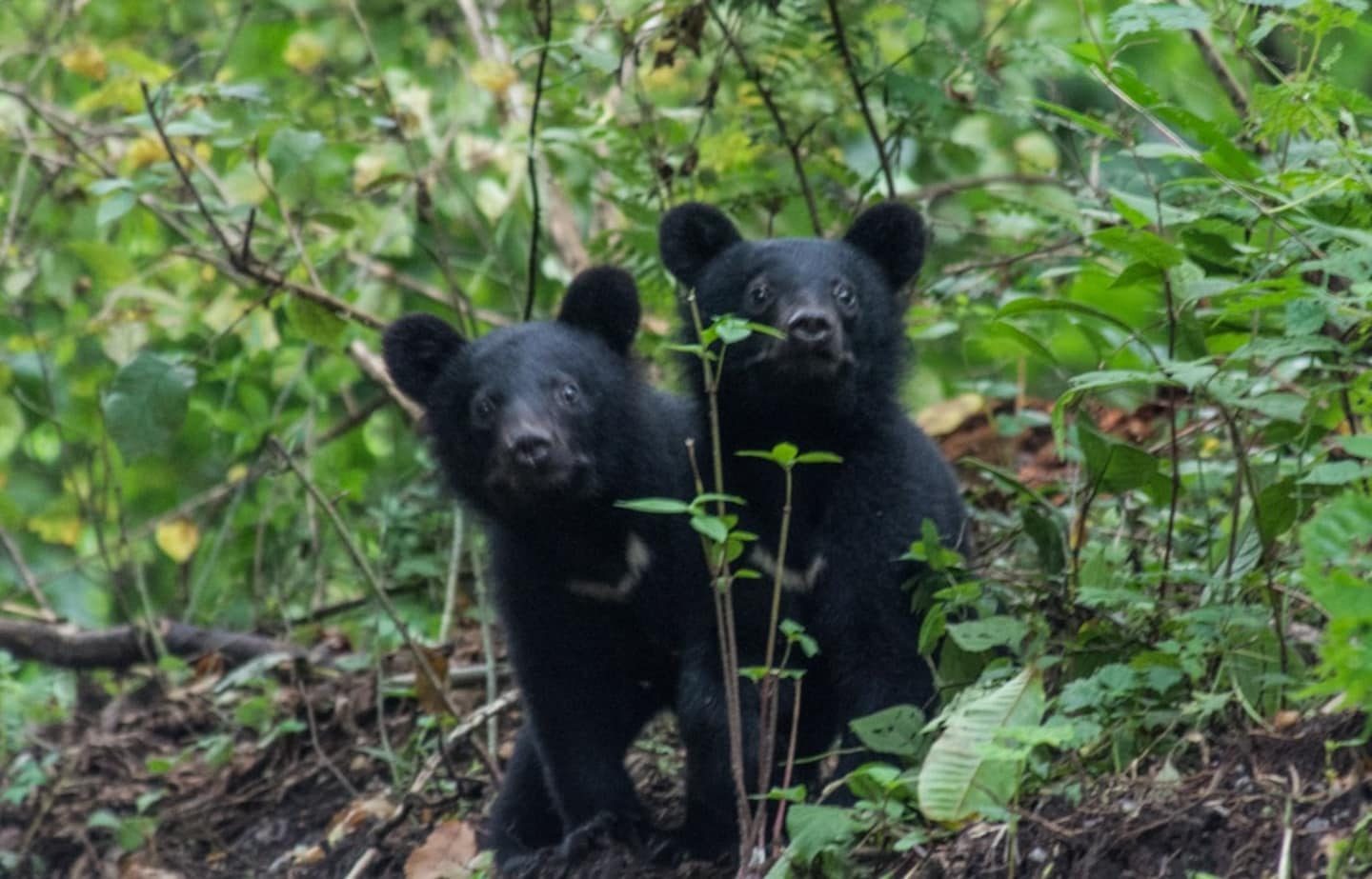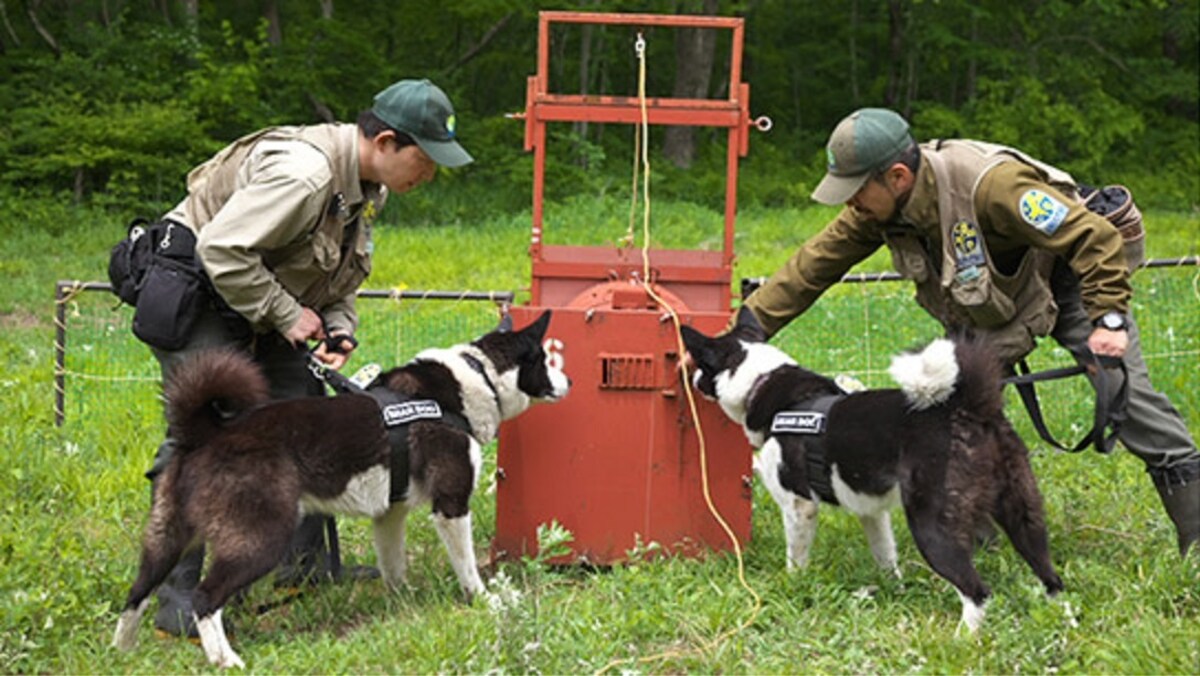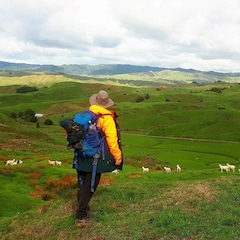Bear Attacks in Japan: There Is A Solution
2020. Where COVID-19 brings international travel to a grinding halt, Trump is finally voted out of Presidency, and Japan sees the highest number of bear encounters in the past five years.
By Eli SookerYes, that’s right. Bear attacks and encounters were such a popular news item in the Land of the Rising Sun last year, it was almost comparable to COVID-19 and Trump updates.
Bear encounters have been on the rise for a number of years now, but 2020 was particularly outstanding with 13,670 sightings recorded from April to September. That means an increase by 70% since 2019, and the highest record in five years.
Two deaths occurred in Akita and Niigata Prefectures, both over 70 years old. Injuries were higher at 132.
The Japanese media seem to be absolutely thriving in the hype their headlines cause, which tend to read like this:
“138 People Injured by Bears Since April: Worst Ever.”
“Another Bear Sighting: Man Bitten in the Face and Seriously Injured”
Yet their reports lack detail, giving a simple description of where and when the injury happened, who to, and the kind of injury received. The end. There is almost always no mention of why the bear attacked.
It’s hard to say exactly why this difference between Japan and other countries’ reports exists, but drawing from personal experience and Japanese co-workers’ insights, I would say it’s due to the development of modern Japan. As urban migration and development increased, Japanese people became more separated from and therefore less tolerant of nature than they once were. Conversely, the rest of the world is waking up to the need for a return to nature and sustainability. Japan might be a little slow on that front.
But as the New York Times article shows, there are actually tried and true methods for reducing, and almost completely preventing bear attacks. As a bear conservationist in Japan who worked with these methods for 12 months, I’d like to share my experience.
Although as a nation Japan may be on the slow slide of returning to a nature friendly way of life, there is one town, Karuizawa, that is far ahead of the rest.
Bear Dogs
Meet Rela. Rela is a Karelian Bear Dog, a special breed once used by hunters for tracking bears in Finland. Nowadays, Karelian bear dogs are used for the good of bears and people alike, acting as shepherds by chasing bears away from residential areas, back to their forest homes. They do not attack bears, and bears do not attack them. The dog handlers who facilitate and partake in the chasing, are protected by their canine partners.
Karelian bear dogs for conservation are bred and trained by the Wind River Bear Institute in Montana, USA. Its founder Carrie Hunter started this method of co-existence with bears, and since it has spread to other US states, Canada, and Karuizawa, Japan.
That’s right. Of the 60 countries in the world inhabited by bears, Japan is one of only three that have employed the use of bear dogs. And it’s just one, special town, a three hour drive from Tokyo in between Nagano and Gunma Prefectures: Karuizawa.
Coexistence Methods
Picchio Wildlife Research Centre is the name of the organisation protecting both bears and people in Karuizawa. While bear dogs can scent nearby bears, scare and chase them, they’re not the only co-existence method used here.
I spent numerous afternoons in my job at Picchio helping set electric fences, which help protect crops from bears and other animals. Karuizawa’s local government funds the first fencing contract to encourage locals to try this prevention method, after which many see the positives and decide to extend.

I drove around town regularly to talk to locals who had sighted faeces, footprints or bears themselves, installing warning signs and removing them after two weeks to keep information as up-to-date, and therefore attention-catching, as possible.
I set “barrel traps” within the town, bottles of honey dangling inside as a lure to capture any bears wandering too close.
I helped take DNA samples from captured bears for research. Then, together with my co-workers, we would heave the anaesthetised bear back into the trap, which was cartered on the back of our truck into the depths of the woods from which the bear came.
The Learning Release
Here came the most important part. The “learning release.” Rela and the other bear dogs would be there. Their job was to bark, bark! while us humans also barked, our own version which sounded like a loud, dark “hoi-hoi!” shook bear bells through the air and got busy preparing fireworks to be set off.
This all happens while the bear is in the trap, now lowered off the truck and facing the side away from town, towards the woods. Imagine this: you’re stuck inside a small tight space, enclosed by steel walls. It’s completely dark. You have no idea where you are. And you can’t get out.
To top it all off, you suddenly hear this absolute cacophony of unfamiliar, threatening noises. Among them is a dog’s bark, a human’s shout and a bear bell’s chime, overwhelming and ringing in your ears. You still have no way out. You start to panic.
Then something miraculous happens. A shining circle of light rises and expands in front of you as the door of the trap is hauled open. This is done via a rope pulley, the other end of which is gripped tightly by a bear conservationist sitting safely inside a vehicle.
Realising you have a way out, you burst forth from the dark steel cave and into the light, dappled green of the forest home so familiar to you.
There is a loud bang! as the fireworks are set off, and the aggressive barking and shouting doesn’t stop. You don’t need to think twice. You tear off into the forest away from the sounds as fast as you can. To your dread, the barking and shouting seems to be following you. The bear dogs and their handlers have given chase. They’re keeping a safe distance, but to you no distance could be safer than out of sound.
You don’t stop running for miles. Your breath comes in heavy, ragged draws, and you don’t know how long it’s been until at last, you notice the sounds have faded away and slow to an exhausted halt. All is quiet in the forest around you. Oh, it’s good to be back! And you sure don’t want to experience anything that awful again ever in your life!
Back at the empty trap, myself and the team are packing up our gear. Using these “learning releases”, bears can be trained to fear human, dog, and bear bell sounds. Like humans, bears have a broad spectrum of personalities, and some bears may take longer than others to associate the sounds with danger. Others may simply be more persistent or curious, and want to see what it is you really get up to late on a Saturday night.
Just kidding. The truth is, most bears don’t care about humans, and they aren’t waiting on our doorsteps or lurking in the bushes on a hiking trail, ready to pounce! As a matter of fact, Japanese black bears don’t even hunt! They are honey sucklers, fruit munchers and at best scavengers. Some may require more than one “learning release”, but this method, in combination with electric fences and bearproof garbage containers, has seen the number of damages caused by bears in Karuizawa drop from 250 in 2006 to 0 in 2018. Nowadays, damages happen between 0 to 4 times a year, when someone doesn’t store their garbage properly etc. This is in spite of sightings and captures happening all the time. In the peak season from spring to summer, we have a capture or sighting almost every day, and often multiple times a day. Autumn captures are also rising.
A Bad Rep
Despite the workload, a “bear team” of just four permanent staff, several contract staff and three dogs are able to manage all this. Why, then, aren’t these methods more widespread throughout Japan?
One reason is lack of awareness and education. There is a negative stigma about bears, an impression that they are aggressive limb-tearing monsters. Yet not even 1% (0.09%) of the bear encounters recorded resulted in injury (0.006% in the two deaths). While still a concerning number, we don’t know what is happening in these encounters, either. It is likely that the correct way to avoid bears (bear bells, making noise, not hiking alone) and correct behaviour when meeting them (hold your gaze, back away slowly, don’t run or provoke the bear) aren’t known and abided by.
Ask anyone with experience with Japanese black bears, and they will tell you that they are shy creatures, and unless cornered and given no other option, will run (provided they are aware of your presence). Photographers, who spend hours quietly observing bears from close distances, may know the most about this.
Investing in Bears For The Future
Another reason is funding. One of the most expensive holiday destinations in Japan, Karuizawa is a popular resort town which earns a high income not just from wealthy tourists, but tax from the owners of large, elegant holiday homes, who live in Tokyo outside the summer holidays.
Picchio couldn’t do the work that it does without a sympathetic and supportive local government. A government which also happens to have money.
It’s clear that if Japan is going to take the increasing “bear problem” (or “human problem” from the bears’ perspective) seriously, they’re going to need to start actually investing in it. Not just local governments, the national government ought to step in.
Lack of education and bear countermeasures has led to many bears being killed. But this doesn’t remedy the solution, as once a “problem bear” is killed, there's nothing to stop another from coming and taking its place as the next "problem bear." Why needlessly kill animals when we can train them to do what’s needed?
There are concerns about bears not having enough habitat to sustain themselves and therefore approaching human settlements in search of food. But before we dive into complex ecological problems, why not focus on utilizing the co-existence methods already available, like Karuizawa? Alongside this, start implementing education on behavior towards bears to reduce chance of attacks.
We need to start using what we have. Because we do have methods; and we can coexist with bears. Thank you Karuizawa for being an excellent role model, and thank you, bears, for keeping us humble towards Mother Nature.






